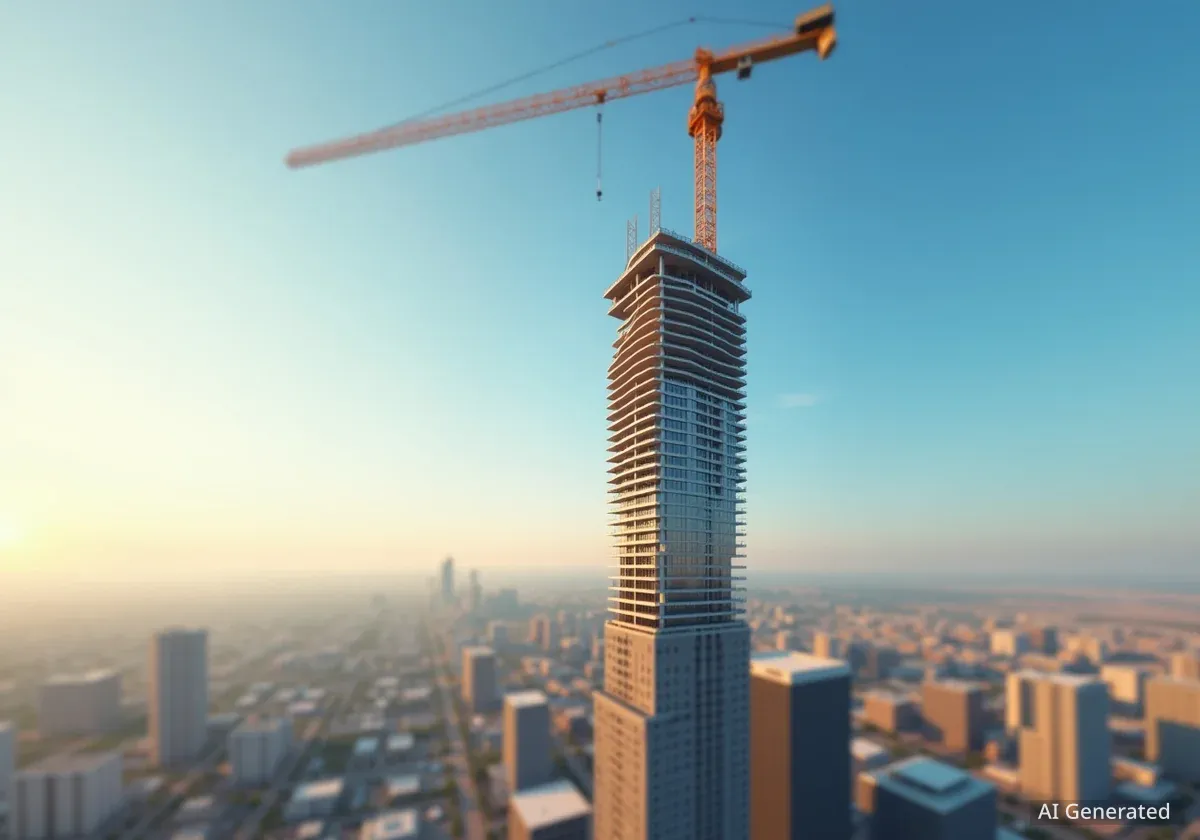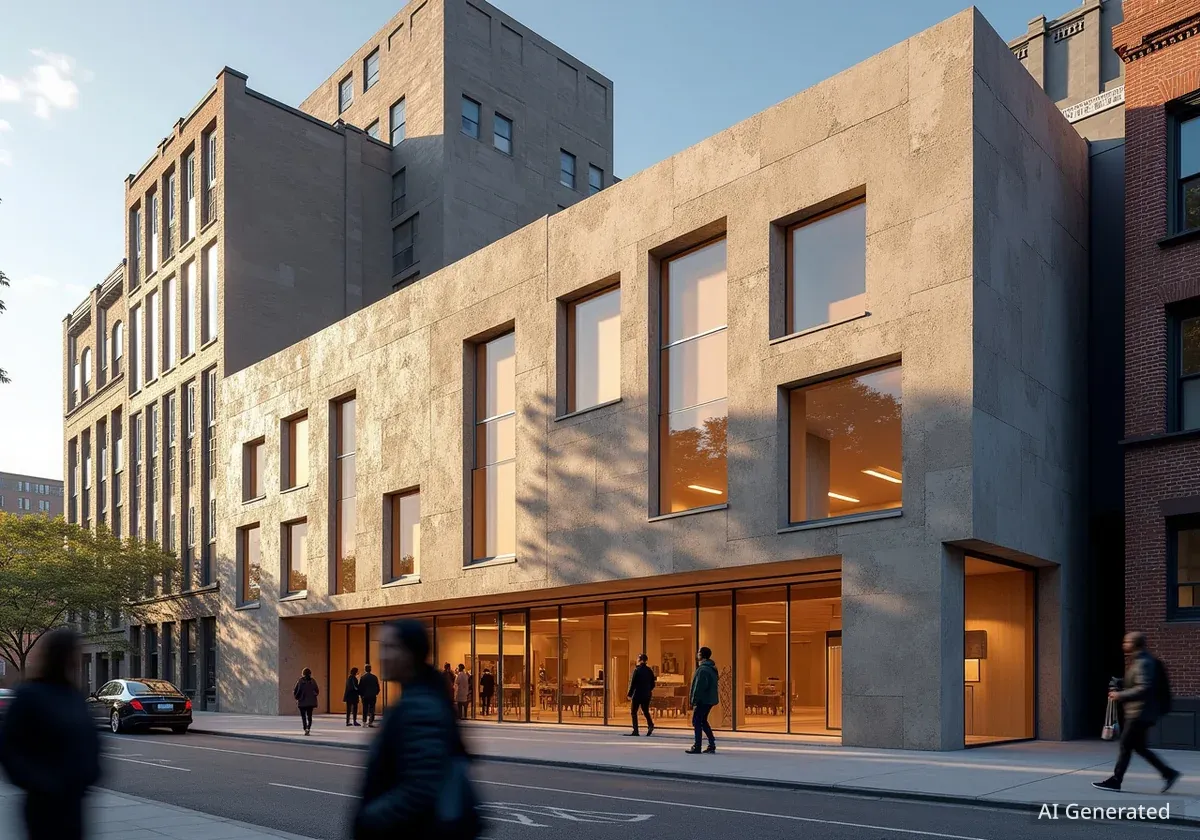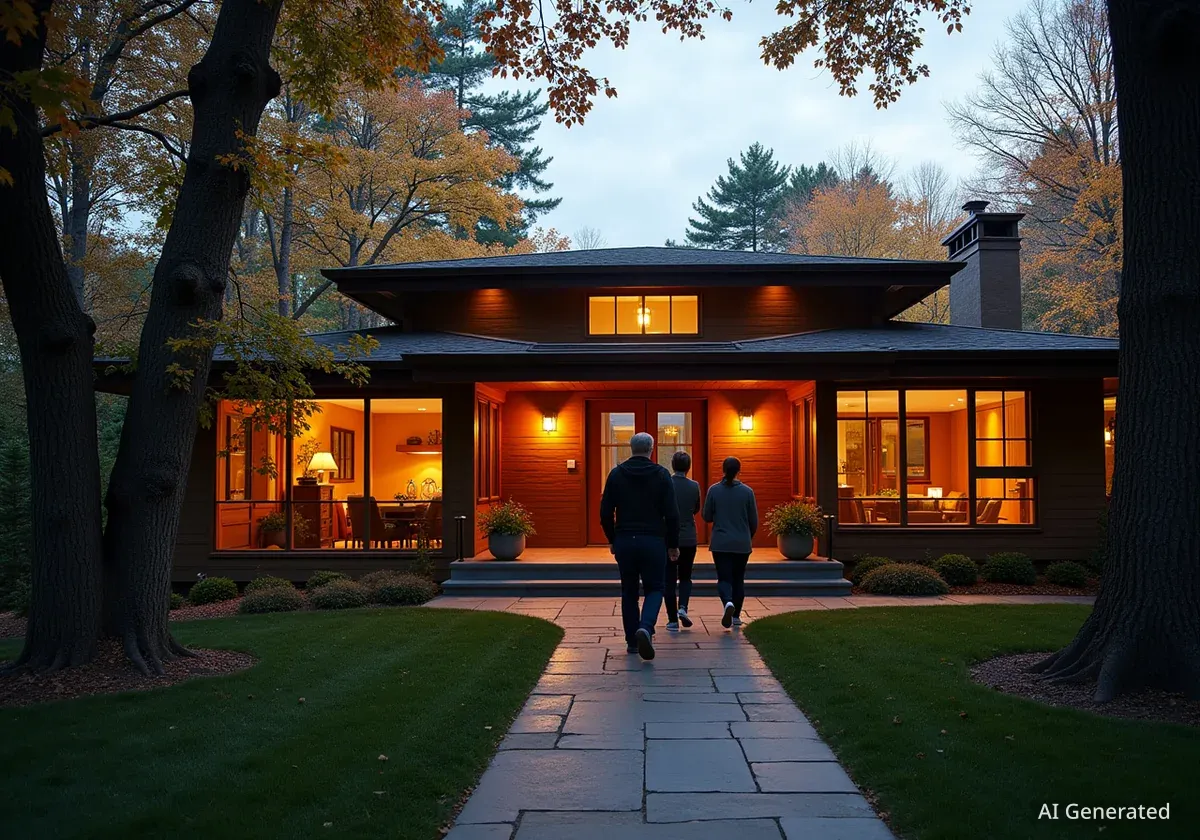Phoenix, Arizona, the fifth-largest city in the United States by population, stands out among major urban centers for a unique reason: it lacks a true skyscraper. Despite its rapid growth and vibrant culture, the city's tallest building, the Chase Tower, falls just short of the international standard for a skyscraper. This absence is primarily due to a combination of historical development patterns and strict aviation regulations.
Key Takeaways
- Phoenix is the largest U.S. city without a skyscraper.
- The Chase Tower, at 483 feet, is below the 492-foot skyscraper threshold.
- Historical agricultural land use led to outward city expansion.
- Sky Harbor Airport imposes strict FAA height restrictions near downtown.
- The Astra Tower, planned for 2026, aims to be the city's first skyscraper at 541 feet.
Defining a Skyscraper and Phoenix's Current Status
The Council on Tall Buildings and Urban Habitat (CTBUH) defines a skyscraper as a building that reaches at least 492 feet, or 150 meters, in height. This measurement refers to the structure's architectural top, not including any non-architectural additions like antennas.
Phoenix's tallest existing structure, the Chase Tower, measures 483 feet. This places it just nine feet shy of the official skyscraper designation. For decades, the city's skyline has remained relatively low, contrasting sharply with other major U.S. metropolitan areas that feature numerous towering buildings.
Fast Fact
The Chase Tower, completed in 1972, has been Phoenix's tallest building for over 50 years.
Historical Growth Patterns and Urban Sprawl
One primary factor contributing to Phoenix's lack of vertical development is its unique historical growth. For many years, the region was characterized by extensive agricultural land. This availability of wide, open spaces encouraged the city to expand horizontally rather than vertically.
As the city's freeway system developed, this outward sprawl accelerated. Development spread across vast areas, leading to a decentralized urban plan. Josh Bednarek, the City of Phoenix’s Planning and Development Director, explained this historical approach.
"In the 1980s, the city started thinking about this polycentric plan for a city, an idea you would have small hubs throughout the city not just downtown," Bednarek said. "It’s why you see some height around 24th and Camelback, the idea was never to concentrate that height in downtown or in one spot."
This planning strategy resulted in clusters of taller buildings in various parts of the city, such as near 24th Street and Camelback Road, instead of a single, dense downtown skyline. This contrasts with cities like Dallas, which also experiences urban sprawl but features 18 skyscrapers.
Comparison with Other Cities
- Phoenix: Population ranks 5th in the U.S., zero skyscrapers.
- Dallas: Population ranks 9th in the U.S., 18 skyscrapers.
Background on Urban Planning
A 'polycentric city' model involves multiple centers of activity rather than one dominant downtown. This can spread economic development and reduce traffic congestion in a single core area.
Impact of Sky Harbor International Airport
The most significant constraint on Phoenix's skyline development is the presence of Sky Harbor International Airport. Located just minutes from the city's downtown core, the airport imposes stringent building height restrictions mandated by the Federal Aviation Administration (FAA).
These regulations are crucial for maintaining safe flight paths for aircraft taking off and landing. Captain Ron Nielsen, a former commercial pilot, highlighted the importance of these safety measures.
"That’s one of the most rock-solid parts of aviation, making sure that it’s safe to approach an airport, to climb out of it, and clearance to maneuver if you had an engine failure," Nielsen stated.
The proximity of the airport means that any proposed tall structure in the downtown area must undergo rigorous review to ensure it does not interfere with aviation operations. This has historically limited the potential for very tall buildings in the city center.
Airport Proximity
Sky Harbor International Airport is one of the busiest airports in the U.S., serving millions of passengers annually. Its location plays a critical role in shaping Phoenix's urban landscape.
Future Outlook: The Astra Tower
Despite these historical and regulatory challenges, Phoenix's skyline is poised for a significant change. The Astra Tower, a new development planned for downtown, is set to break ground in 2026. This project is designed to reach a height of 541 feet.
If completed as planned, the Astra Tower will officially surpass the 492-foot threshold, making it Phoenix's first true skyscraper. This development signifies a potential shift in the city's approach to urban growth, balancing its unique identity with modern architectural aspirations.
Astra Tower Details
- Planned Height: 541 feet
- Expected Groundbreaking: 2026
- Significance: First skyscraper in Phoenix
Phoenix's Unique Identity
Even with the prospect of new tall buildings, city officials emphasize that Phoenix's identity is not defined by towering structures. Josh Bednarek noted that the city has always focused on its unique characteristics rather than emulating other major cities like New York or Chicago.
The city prides itself on its desert views, expansive landscapes, and iconic mountain silhouettes. These natural features are considered as much a part of Phoenix's visual identity as any man-made building.
"Phoenix just has its own unique story," Bednarek concluded. "I’m really proud of what we’ve done, and excited for what’s next as a city."
The future of Phoenix's skyline may include more vertical development, but it will likely continue to integrate with the city's distinct environment and historical planning philosophies. The Astra Tower represents a new chapter, but the core essence of Phoenix remains tied to its desert setting and expansive layout.




